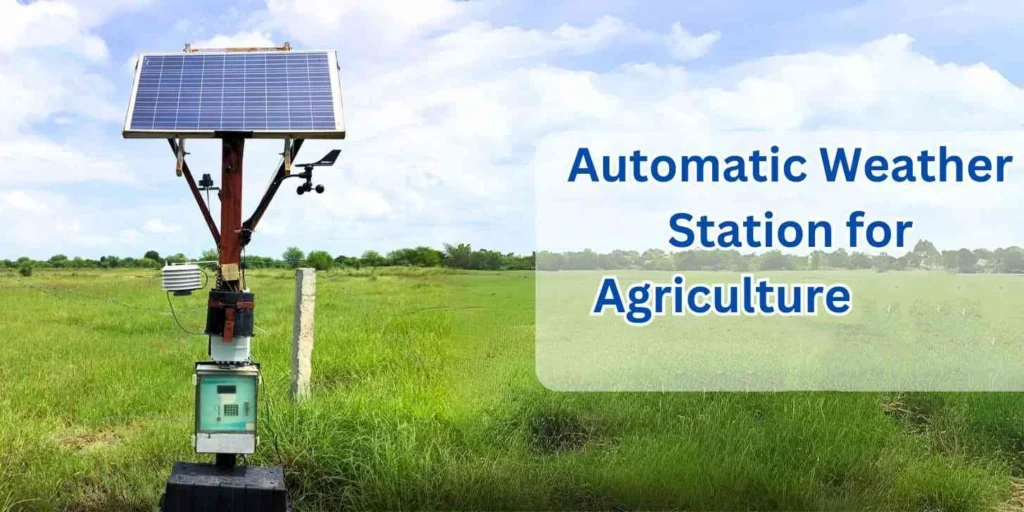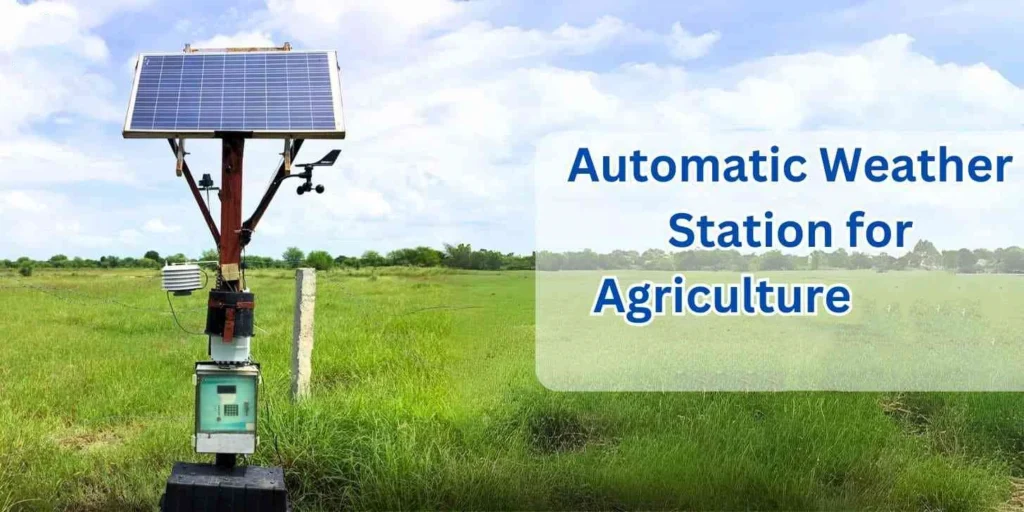
# Automated Weather Station: Revolutionizing Meteorological Data Collection
## Introduction to Automated Weather Stations
In the ever-evolving field of meteorology, the advent of automated weather stations (AWS) has marked a significant leap forward. These sophisticated systems are designed to collect and transmit meteorological data with minimal human intervention, offering a more efficient and accurate approach to weather monitoring.
## How Automated Weather Stations Work
Automated weather stations are equipped with a variety of sensors that measure key meteorological parameters such as temperature, humidity, wind speed and direction, atmospheric pressure, and precipitation. These sensors are connected to a central data logger, which records the measurements at regular intervals. The data is then transmitted to a central server or cloud-based platform for analysis and dissemination.
### Key Components of an AWS
– **Sensors:** Measure various weather parameters.
– **Data Logger:** Records and stores the collected data.
– **Communication Module:** Transmits data to a central server.
– **Power Supply:** Typically solar-powered for remote locations.
## Benefits of Automated Weather Stations
The implementation of automated weather stations offers numerous advantages over traditional manual methods:
– **Accuracy:** Automated systems reduce human error, providing more reliable data.
– **Efficiency:** Continuous data collection allows for real-time monitoring and analysis.
– **Cost-Effectiveness:** Reduced labor costs and the ability to operate in remote areas.
– **Scalability:** Easily expandable networks for comprehensive weather monitoring.
## Applications of Automated Weather Stations
Automated weather stations are utilized in a wide range of applications, including:
– **Agriculture:** Optimizing irrigation and crop management.
– **Aviation:** Ensuring safe flight conditions.
– **Disaster Management:** Early warning systems for natural disasters.
– **Research:** Supporting climate studies and environmental monitoring.
## Challenges and Future Directions
Despite their many benefits, automated weather stations face challenges such as sensor calibration, data transmission issues, and maintenance in harsh environments. Future advancements may include improved sensor technology, enhanced data processing algorithms, and integration with other environmental monitoring systems.
### Conclusion
Automated weather stations are revolutionizing the way we collect and analyze meteorological data. By providing accurate, real-time information, these systems are essential for a wide range of industries and applications. As technology continues to advance, the capabilities and impact of automated weather stations will only grow, further enhancing our understanding of the Earth’s atmosphere and improving our ability to predict and respond to weather-related events.
Keyword: automated weather station

